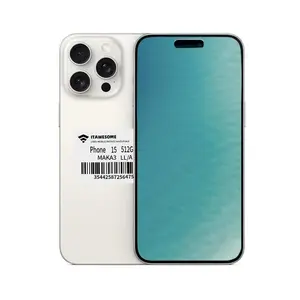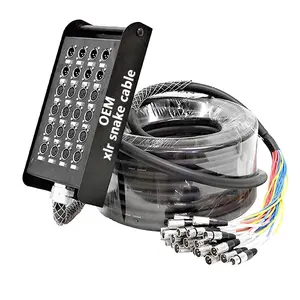Popular in your industry















Related Searches:




















 Ready to Ship
Ready to Ship


Top categories
About future technology products
Future technology products are innovations that are anticipated to shape the future. The modern technological landscape is rife with advancements that offer a glimpse into what the future holds. These products span various sectors, from consumer electronics to health care, transportation, and beyond. Future tech gadgets are designed to enhance convenience, efficiency, and overall quality of life. They often incorporate cutting-edge technologies such as artificial intelligence, augmented reality, and the Internet of Things (IoT) to deliver innovative solutions. These future technology gadgets are not only functional but also futuristic in their design, often characterized by sleek aesthetics and advanced features.
Features of future technology products
The future tech products are encompassed by numerous advances that enable them to revolutionize the way individuals live and interact with technology. These innovations are designed to enhance user experience and streamline daily activities. For instance, smart home devices improve home automation, while wearable technology such as smartwatches and fitness trackers offers convenient health and fitness monitoring. Virtual and augmented reality gadgets create immersive digital experiences, while drones and autonomous vehicles are transforming various industries. Moreover, the integration of artificial intelligence and machine learning technologies enhance the capabilities of these products, making them more intuitive and adaptive to users' needs.
Benefits of future technology products
The future of power electronics is promising as the industry leverages advancements to develop more efficient and high-performance power devices. The goal is to improve energy conversion, transmission, and distribution systems while reducing energy consumption and environmental impact. Power electronics contribute to various applications, including renewable energy, electric vehicles, and smart grids. For instance, advancements in power semiconductor materials and designs enable the development of energy-efficient devices. These devices can handle high power levels while maintaining efficiency. In addition, innovations in wide-bandgap semiconductors, such as silicon carbide (SiC) and gallium nitride (GaN), offer superior performance compared to traditional silicon-based devices. These materials can operate at higher temperatures, voltages, and frequencies, resulting in more compact and efficient power electronics systems. Moreover, the integration of digital control and communication technologies enhances the flexibility and intelligence of power electronics systems. This enables better monitoring, fault detection, and control, leading to improved reliability and performance.
Applications of future technology products
The future technology products are being applied across various industries to drive innovation and improve efficiency. In the healthcare sector, these technologies are used to enhance patient care, optimize treatment processes, and streamline administrative tasks. Wearable health monitors and remote patient monitoring systems enable continuous health tracking and early intervention. Virtual and augmented reality are transforming medical training, allowing healthcare professionals to practice surgeries and procedures in a realistic and risk-free environment. Furthermore, predictive analytics and artificial intelligence applications help healthcare providers make informed decisions and personalize treatment plans through data-driven insights. In the automotive industry, the focus is on developing autonomous and connected vehicles to improve safety, efficiency, and the overall driving experience. Advanced driver-assistance systems (ADAS) leverage sensors, cameras, and radar to enhance vehicle safety by providing features such as lane-keeping assistance, collision warning, and adaptive cruise control. Moreover, the integration of vehicle-to-everything (V2X) communication technologies enables cars to communicate with each other and the surrounding infrastructure, paving the way for smart and interconnected transportation systems.





























